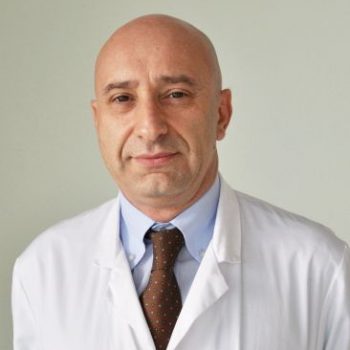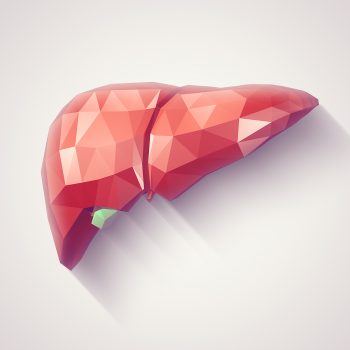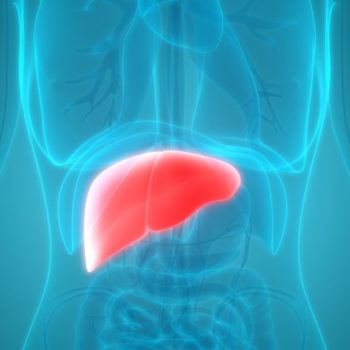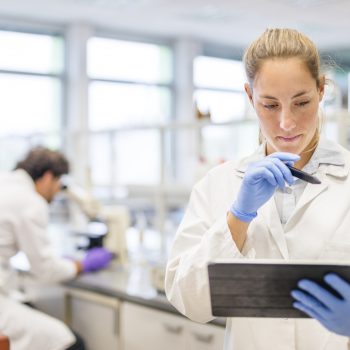Like the kidney or pancreas, the liver may also be affected by the formation of one or more cysts. They are small pockets or cavities full of liquid, but they are generally benign, which is unlikely to jeopardize the function of the organ. Only in extreme cases can liver transplantation be necessary. We talk about this topic with Dr. Roberto Ceriani, Head of the Hepatological Day Hospital and interventional hepatology at Humanitas.
The characteristics
These small sacks can be single, simple or multiple cysts. For the former, we do not know the causes that can lead to their formation, even if it is believed that they are of congenital origin, therefore present since birth; perhaps they derive from the progressive expansion of anomalous bile ducts that cannot develop normal connections with the biliary tree.
In the second case we speak of polycystic liver disease (acronym PCLD), a rare condition. In this case, the liver, due to the presence of a high number of cysts of different volume, may experience a significant increase in its size over the years, a phenomenon that causes bloating of the abdomen, discomfort or pain. This disease is congenital and it is usually associated with polycystic kidney disease. Genetic mutations have been identified in genes called PKD1 and PKD2. Occasionally the liver polycystic disease occurs in the absence of polycystic kidney disease. Simple gallstones or polycystic liver disease do not develop into malignant tumors,” recalls the specialist.
Moreover, there are also tumor cysts, which are rare and they are called cystoadenomas. They are benign, mainly affecting middle-aged women and may evolve into cystic adenocarcinomas, which are malignant tumors; the latter affect men and women equally.
Finally, there are cysts called hydatid cysts that form after infection of a parasite, particularly echinococcus. This parasite, which is found throughout the world, is particularly widespread in sheep and cattle breeding areas.
The diagnosis of liver cysts is carried out with ultrasound analysis, an easily available, non-invasive and highly sensitive method. CT scan is also highly sensitive, easy to interpret and very useful in identifying and planning the treatment. It also allows the differential diagnosis between simple cysts and tumors,” explains Dr. Ceriani.
Symptoms
In most cases liver cysts are asymptomatic but sometimes, if they are large, they can cause deaf pain in the upper right abdominal quadrant. Patients with hepatic cysts sometimes report abdominal swelling and early satiety. Occasionally, if the cysts are large enough, an abdominal mass can be observed. Rarely cysts may cause jaundice by compression of bile ducts or may break or twist causing acute abdominal pain.
The treatment
Treatment of polycystic hepatopathy or solitary liver cysts is indicated only in symptomatic patients, as the risk of developing lesion-related complications is lower than the risk associated with treatment.
In the presence of symptoms, or if the cysts are very large, surgical treatment is carried out by removing the portion of the cysts wall on the surface of the liver (henestrating), for which the laparoscopic approach is considered the standard of care. Aspiration combined with alcohol or other agents may be a therapeutic alternative, but failure or recurrence rates are high.
In polycystic hepatopathy, only patients with disabling pain should be considered for surgery. The goal is to decompress the cystic liver as much as possible. This can be achieved by fenestration or, in selected patients, by resection of part of the liver but the recurrence of symptoms with both procedures is high as new cysts replace those that have been removed. A small number of patients are treated with liver transplantation.









